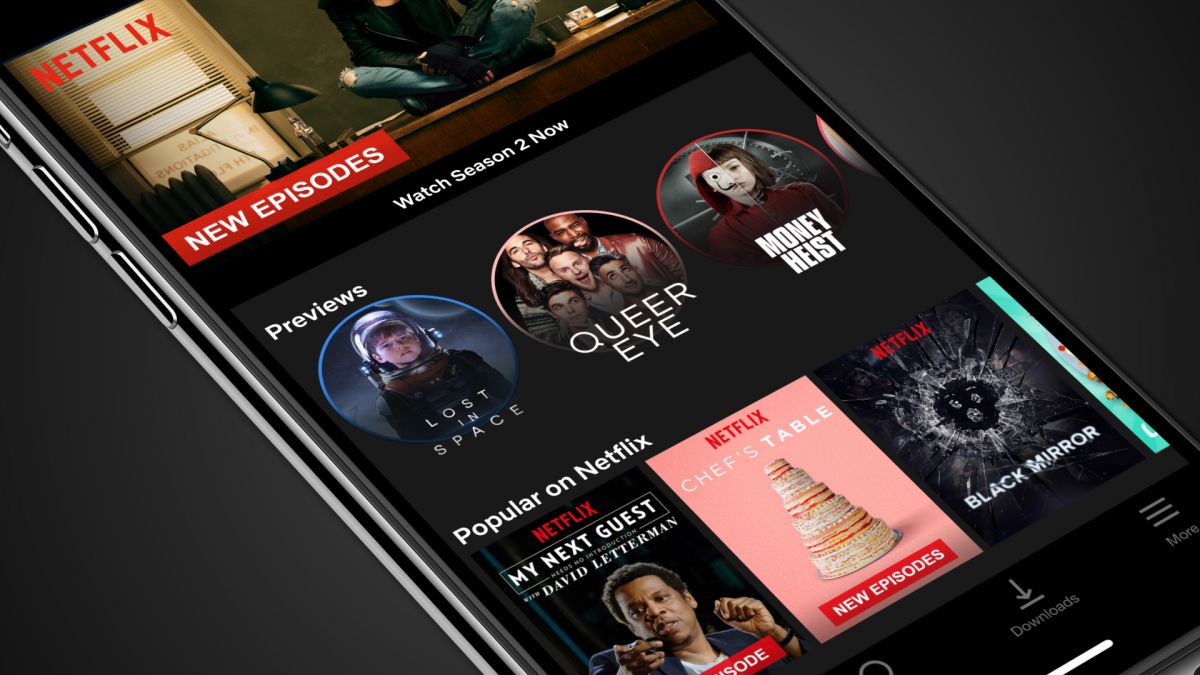|
|
|
|
| Pro 1
Zoos educate the public about animals and conservation efforts. As of Apr. 2019, there are 236 accredited zoos in the United States. The zoos attract over 181 million visitors annually, which is more than the approximately 131 million yearly spectators of the NFL, NBA, NHL, and MLB combined.
According to a study of 26 zoos worldwide published in Conservation Biology, visitors to zoos increased their knowledge of biodiversity and specific individual actions to protect biodiversity.
Robin Ganzert, PhD, President and CEO of American Humane, stated, “zoos provide people, especially impressionable children, with the opportunity to see these remarkable animals up close. People won’t protect what they don’t love, and they can’t love what they don’t know. No matter how closely programs like Planet Earth depict animals, nothing will match the bond of seeing them in real life. Just look at a child’s eyes at the zoo when he or she encounters a tiger or similarly majestic animal.”
|
|
Con 1
Zoos don’t educate the public enough to justify keeping animals captive. A review published in Animal Studies Repository concluded, “to date there is no compelling or even particularly suggestive evidence for the claim that zoos and aquariums promote attitude change, education, and interest in conservation in visitors.” Even a study widely cited to justify the argument that zoos educate the public stated, “there was no overall statistically significant change in understanding [of ecological concepts] seen” because visitors know a lot about ecology before going to the zoo.
TV shows such as Planet Earth bring wild animals into living rooms, allowing people to see the animals in their natural habitats without causing harm to animals such as the endangered snow leopard. Romesh Ranganathan, a British comedian, stated, “It still slightly surprises me that anybody thinks that we should have zoos at all. The animals always look miserable in captivity… [T]he idea that kids only get excited about things they can see in the flesh is ridiculous. My kids are obsessed with dinosaurs that no longer exist, and Skylanders, which have never existed.”
|
|
|
|
Pro 2
Zoos produce helpful scientific research. 228 accredited zoos published 5,175 peer-reviewed manuscripts between 1993 and 2013. In 2017, 173 accredited US zoos spent $25 million on research, studied 485 species and subspecies of animals, worked on 1,280 research projects, and published 170 research manuscripts.
Because so many diseases can be transmitted from animals to humans, such as Ebola, Hantavirus, and the bird flu, zoos frequently conduct disease surveillance research in wildlife populations and their own captive populations that can lead to a direct impact on human health. For example, the veterinary staff at the Bronx Zoo in New York alerted health officials of the presence of West Nile Virus.
Zoo research is used in other ways such as informing legislation like the Sustainable Shark Fisheries and Trade Act, helping engineers build a robot to move like a sidewinder snake, and encouraging minority students to enter STEM careers.
|
|
Con 2
Zoos are detrimental to animals’ physical health. A study of 35 species of carnivores, including brown bears, cheetahs, and lions, found that zoo enclosures were too small for the animals to carry out their normal routines, which led to problems such as pacing and more infant deaths. Polar bears, for example, had an infant mortality rate of 65% due to small enclosures.
About 70% of adult male gorillas in North America have heart disease, the leading cause of death among gorillas in captivity, although the condition is almost completely absent in the wild. Other great apes have similar health problems in captivity.
Captive elephants live about half as long as wild elephants: 18.9 years v. 41.7 years for Asian elephants and 16.9 years v. 35.8 years for African elephants. Of 77 elephants in 13 zoos, 71 were overweight and spent 83% of their time indoors, contributing to early death.
|
|
|
|
|
| Pro 3
Zoos save species from extinction and other dangers. Corroboree frogs, eastern bongos, regent honeyeaters, Panamanian golden frogs, Bellinger River snapping turtles, golden lion tamarins, and Amur leopards, among others, have also been saved from extinction by zoos.
Zoos are also working to save polar bears, tigers, and wild African elephants from habitat loss, apes and rhinos from poachers, dolphins and whales from hunters, and bees and butterflies from population declines, among many other efforts to help many other animals.
23% of birds and 47% of small mammals (weighing less than about 2.2 pounds) are negatively impacted by climate change. By keeping populations of animals and conducting wild repopulation, zoos can help preserve species in danger from climate change. There were only nine California condors in the wild in 1985. A joint conservation effort between the San Diego and Los Angeles Zoos with other organizations resulted in a population of 276 California condors in the wild and another 170 in captivity by 2016.
Przewalski’s horses, the last wild horses, were declared extinct in the wild in the 1960s when about 12 lived in zoos. By 2018, breeding programs at zoos increased the number to 2,400 horses, and 800 were reintroduced to the wild.
|
|
Con 3
Zoo confinement is psychologically damaging to animals. Animal behaviorists often see zoo animals suffering from problems not seen in the wild, such as clinical depression in clouded leopards and gibbons, obsessive-compulsive disorder (OCD) in brown bears, and anxiety in giraffes. The animals experience these issues due to smaller enclosures, changes in diet and activities, and the introduction of things not seen in the wild, such as medical exams and people with cameras. The Toledo Zoo ran a psychiatric program in which a gorilla with premenstrual depression was prescribed Prozac. To ease them into new habitats, an agitated tiger was given Valium, and anxious zebras and wildebeests were given Haldol.
A study of captive chimpanzees found that “abnormal behaviour is endemic in the population,” and includes behaviors such as eating feces, twitching, rocking back and forth, plucking hair, pacing, vomiting, and self-mutilation, among others. The study concluded that the cause of such behavior could be mental health issues.
About 24% of captive orcas have “major” to “extreme” tooth wear and 60% had tooth fractures as a result of stress-induced teeth grinding. As a result of the 2013 documentary Blackfish, which exposed the psychological damage done to orcas by SeaWorld, California outlawed captive orca breeding.
|
|
|
|
Footnotes:
- National Geographic, “Zoo,” nationalgeographic.org (accessed May 8, 2019)
- Schönbrunn Palace, “Zoo,” schoenbrunn.at (accessed Apr. 23, 2019)
- CBC, “Trapped in a Human Zoo,” cbc.ca, (accessed Apr. 23, 2019)
- Krista Langlois, “Something Mysterious Is Killing Captive Gorillas,” theatlantic.com, Mar. 5, 2018
- Association of Zoos & Aquariums, “Currently Accredited Zoos and Aquariums,” aza.org, Apr. 2019
- Association of Zoos & Aquariums, “Visitor Demographics,” aza.org (accessed May 7, 2019)
- Maury Brown, “Why MLB Attendance Dropped below 70 Million for the First Time in 15 Years,” forbes.com, Oct. 3, 2018
- NHL, “NHL Attendance (1975-76 through 2018-2019),” records.nhl.com (accessed May. 7, 2019)
- NBA, “NBA Breaks All-Time Attendance Record for Fourth Straight Year,” nba.com, Apr. 12, 2018
- Brandon McClung, “NFL Attendance Lowest since ’10 Despite Chargers Rebound,” sportsbusinessdaily.com, Jan. 2, 2019
- Andrew Moss, Eric Jensen, and Markus Gusset, “Evaluating the Contribution of Zoos and Aquariums to Aichi Biodiversity Target 1,” Conservation Biology, Aug. 22, 2014
- Robin Ganzert, “Zoos Save Species — Visit One This World Wildlife Day,” thehill.com, Mar. 3, 2018
- Tse-Lynn Loh, et al., “Quantifying the Contribution of Zoos and Aquariums to Peer-Reviewed Scientific Research,” facetsjournal.com, Mar. 15, 2018
- Association of Zoos & Aquariums, “Research and Science,” aza.org (accessed May 7, 2019)
- C. Robinette, L. Saffran, A. Ruple, and S.L. Deem, “Zoos and Public Health: A Partnership on the One Health Frontier,” One Health, Nov. 23, 2016
- Taronga Conservation Society Australia, “10 Endangered Species Saved from Extinction by Zoos,” medium.com, May 18, 2017
- Association of Zoos & Aquariums, “AZA and Animal Program Conservation Initiatives,” aza.org (accessed Apr. 17, 2019)
- Association of Zoos & Aquariums, “Pollinator Conservation,” aza.org (accessed Apr. 17, 2019)
- Association of Zoos & Aquariums, “Climate Change and Wildlife,” aza.org (accessed Apr. 17, 2019)
- Association of Zoos & Aquariums, “Marine Mammal Conservation,” aza.org (accessed Apr. 17, 2019)
- Michela Pacifici, et al., “Species Traits Influenced Their Response to Recent Climate Change,” nature.com, 2017
- Association of Zoos & Aquariums, “Conservation Success Stories in AZA-Accredited Zoos and Aquariums,” aza.org, Apr. 20, 2017
- US Fish & Wildlife Service, “California Condor Population Information,” fws.gov, May 7, 2018
- Jan Flemr, “Long Way Home as Przewalski’s Horses Fly to Mongolia,” phys.org, July 19, 2018
- Jane Palmer, “The World’s Last Truly Wild Horse,” bbc.com, Nov. 11, 2015
- Lori Marino, et al., “Do Zoos and Aquariums Promote Attitude Change in Visitors? A Critical Evaluation of the American Zoo and Aquarium Study,” animalstudiesrepoistory.org, 2010
- John H. Falk, et al., “Why Zoos and Aquariums Matter: Assessing the Impact of a Visit to a Zoo or Aquarium,” docplayer.net, 2007
- Romesh Ranganathan, “Zoos Are Prisons for Animals — No One Needs to See a Depressed Penguin in the Flesh,” theguardian.com, Mar. 13, 2017
- Edna Francisco, “Zoo Carnivores Need More Space,” sciencemag.org, Oct. 1, 2003
- Ian Sample, “Stress and Lack of Exercise Are Killing Elephants Zoos Warned,” theguardian.com, Dec. 11, 2008
- Alex Halberstadt, “Zoo Animals and Their Discontents,” nytimes.com, July 3, 2014
- Daniel Engber, “The Tears of a Panda,” slate.com, Sep. 14, 2006
- Jenni Laidman, “Zoos Using Drugs to Help Manage Anxious Animals,” toledoblade.com, Sep. 12, 2005
- Lucy Birkett and Nicholas E. Newton-Fisher, “How Abnormal Is the Behavior of Captive, Zoo-Living Chimpanzees?,” journals.plos.org, June 16, 2011
- John Jett, et al., “Tooth Damage in Captive Orcas,” sciencedirect.com, May 2018
- Natasha Daly, “Orcas Don’t Do Well in Captivity. Here’s Why,” nationalgeographic.com, Mar. 25, 2019
- Shelby Isaacson, “Mote Ranked No. 1 Nonprofit in Published Research by Top Zoos and Aquariums,” mote.org, Apr. 4, 2018
- Zoo Atlanta, “Representative Research,” zooatlanta.org (accessed May 8, 2019)
- Bronx Zoo, “Bridging the Gap,” bronxzoo.com (accessed May 8, 2019)
|
|












